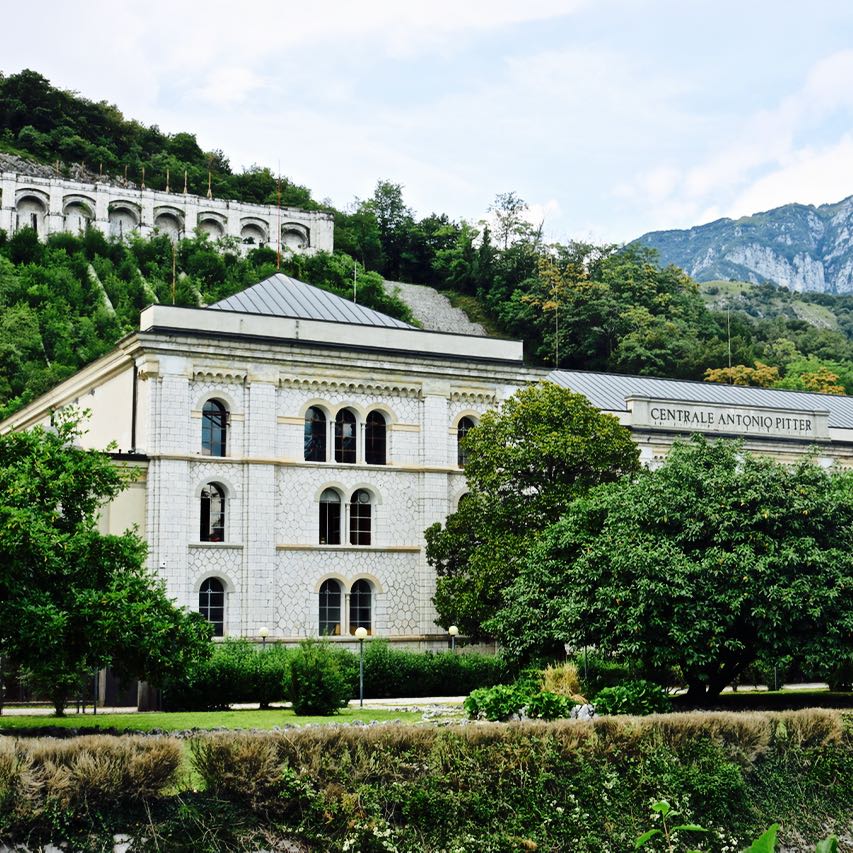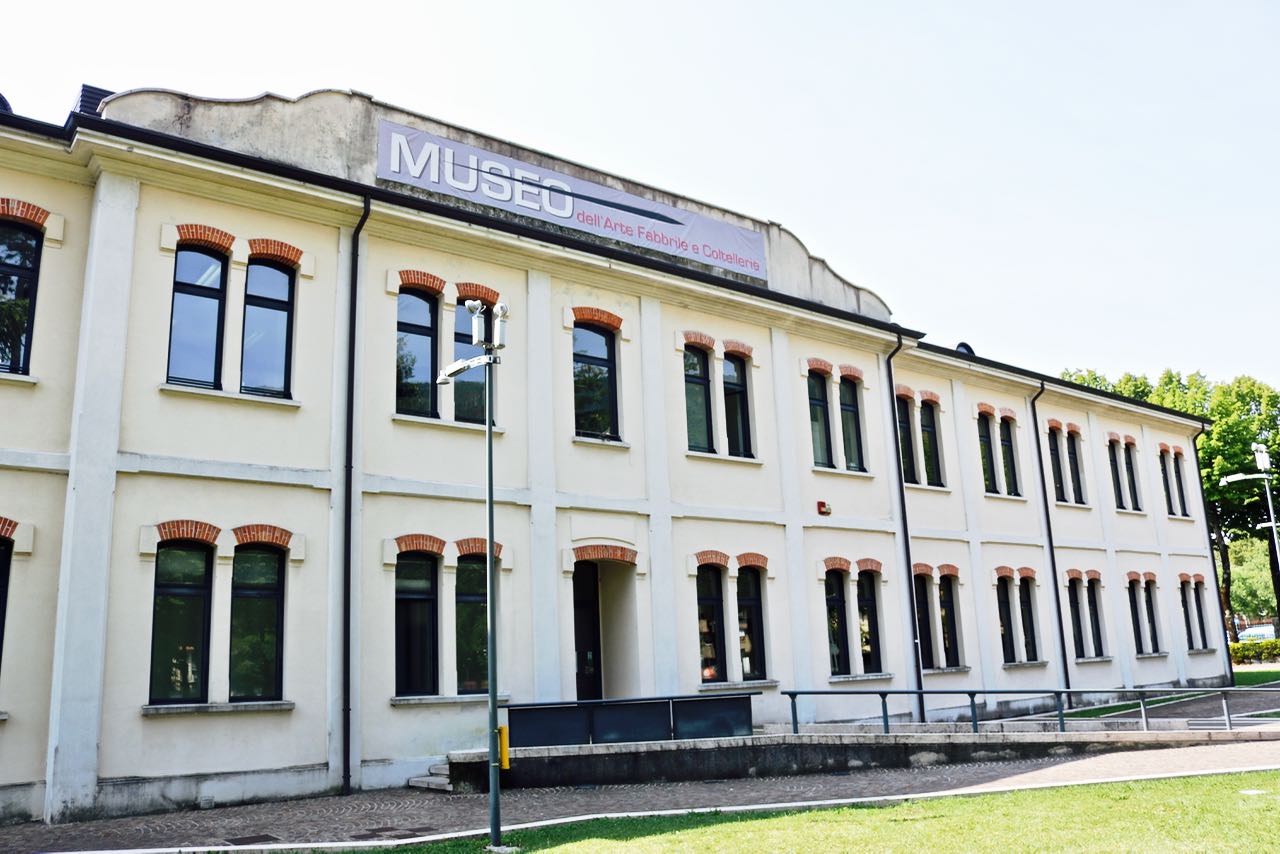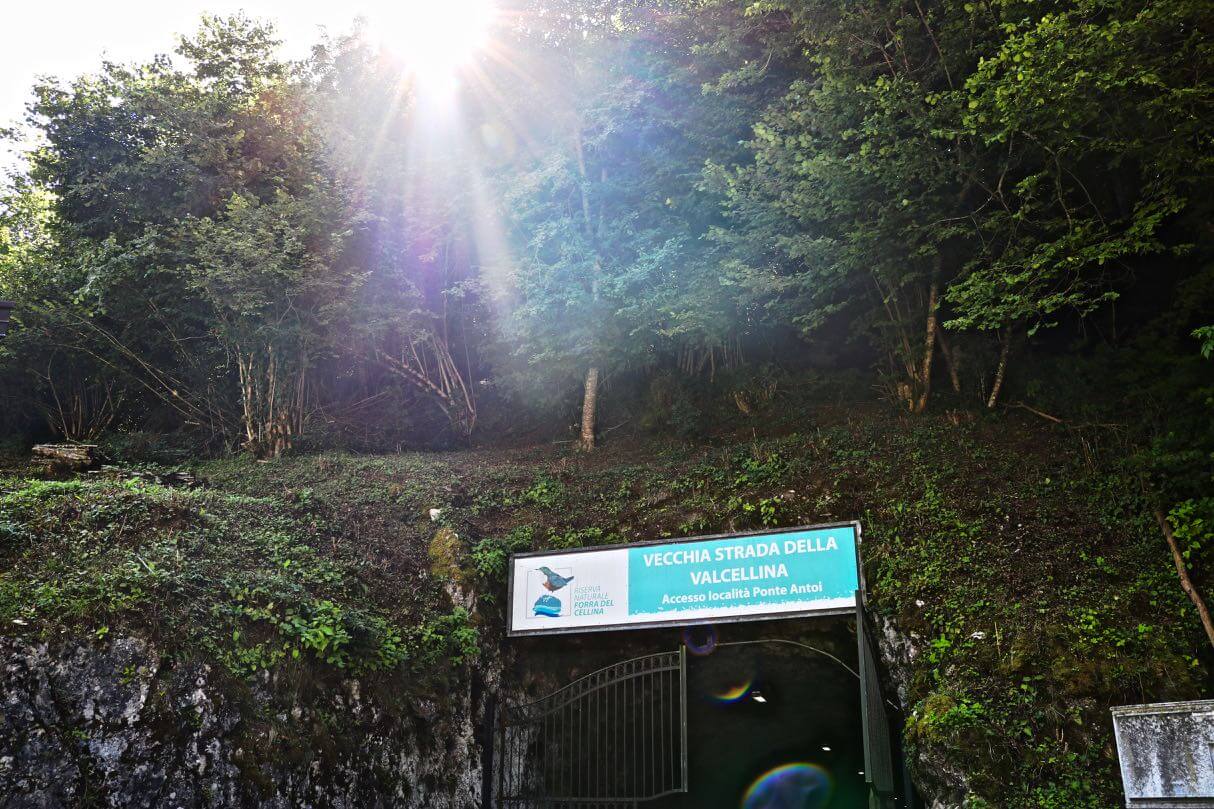Portale sponsorizzato da:
History and culture of Valcellina
Remains of the past, traditions that are a way of life, arts and crafts handed down through generations and a distinctive literary ethic: Valcellina has many stories to tell.
Water, iron, stone and wood have formed the history of Valcellina, this can be revived by visiting the various museums distributed in the municipalities of the territory, even with educational and interactive activities.

The Vajont Dam
A visit to the Vajont dam is a must for those who pass through Erto and Casso, the scene of an announced tragedy, in which one can concretely understand the physiognomy and the course of history. The emotions that leave this place are indescribable and directly affect the soul of the visitor.

Centrale idroelettrica "Antonio Pitter" di Malnisio
Water, turbines and connection. The Malnisio Hydroelectric Power Plant “Antonio Pitter” is a spectacular example of how electricity was created and distributed in the early twentieth century. This interactive museum offers the possibility to test power and power generation by hand.

Paths of the Mills of Cimolais
This is a valley walk that retraces the history and location of the mills of Cimolais. Thanks to the presence of descriptive placards you can stop and read the history of the three mills that have marked the daily life of the small mountain village.

"Palazzo Toffoli" of Montereale Valcellina
Splendid 17th century building complex that hosts the Archaeological Museum and the Civic Library of Montereale Valcellina. Odiernamente is also the municipal cultural centre where cultural and reading initiatives and activities take place.The book heritage consists of no less than 34,800 volumes.

"Museo dell'Arte Fabbrile e delle Coltellerie" of Maniago
Maniago is the “City of Knife”, this, is one of the most important symbols of the local community. Tradition and history of knife makers have led to a product of excellent quality worldwide. In the “Museo dell’Arte Fabbrile e delle Coltellerie” you can discover the various techniques of iron processing and for the creation of cutting tools.

Museo "Casa Clautana"
The casa Clautana museum brings together ethnographic collections concerning the traditional activities in which the women of Claut and Valcellina were involved. Particular was the sale of wooden instruments made by local craftsmen. Work at home and in the fields took up most of the time.

Archaeological Museum of Montereale Valcellina

Cimolais Visitor Centre
In the Visitor Centre of Cimolais you can find various interactive sections in a tour entirely dedicated to the fauna of the Friulian Dolomites Natural Park. Here you can learn about the main characteristics of the animals that populate the park, their habitat, feeding and through special equipment listen to their usual verses.

Ethnographic Museum of Andreis
The Museum of Rural Art and Civilization of Andreis exhibits and documents the spaces and general everyday elements of this mountain community. In particular, it is possible to observe the original Valcellina places, such as the typical fireplace and the tools of the past, for example for the processing of butter and cheese or for the transport and processing of wood. A separate place but part of the Museum is the “Favria” of the village, that is the typical blacksmith’s workshop of the time.

Old Valcellina Road
A trip into the mountain! The old road of Valcellina SS251 was literally torn from the rocks, thanks to the will and work of all the people who worked there between the end of 1800 and the beginning of 1900. About 10 km long, it connected Montereale Valcellina with the Molassa (a hamlet of Barcis) and passes exactly above the gorge of the Cellina torrent. For years it has been an exciting route; after a few landslides it has been closed to the public. Today a stretch of road is opened in summer, the Valcellina train also rides along it.

Montereale Valcellina Astronomical Observatory
The observatory of Montereale Valcellina is a small structure located on the mountain of the village. On beautiful summer nights you can admire the sky a little closer. The property is managed by the Association of Astronomy (apaweb), which organizes observational evenings open to the public, including for school groups.

Erto Visitor Center
The Erto e Casso visitor centre is a documentation centre about the disaster of Vajont. You can find pictures and memories of the events of October 9, 1963; information regarding the story of the dam’s project that led to the catastrophe, causing 2000 victims.

The Ravedis Dam
The dam and the lake of Ravedis are located in the municipal territory of Monetereale Valcellina. After passing the village in the direction of Barcis you can stop in a special stop area and admire the beautiful landscape of this scenery. This is an artificial lake created by damming the Cellina stream. Here you can make a first impression of the colors and shades that the territory presents.
Hai delle storie da raccontare? tradizioni da salvaguardare? i tuoi hobby da pubblicare? Scrivici a info@cellinalife.it oppure contribuisci su precisazioni riguardanti informazioni del territorio. Siamo lieti di collaborare con te!






